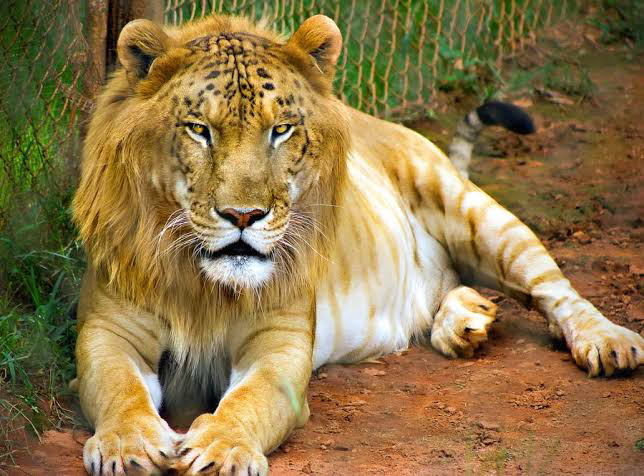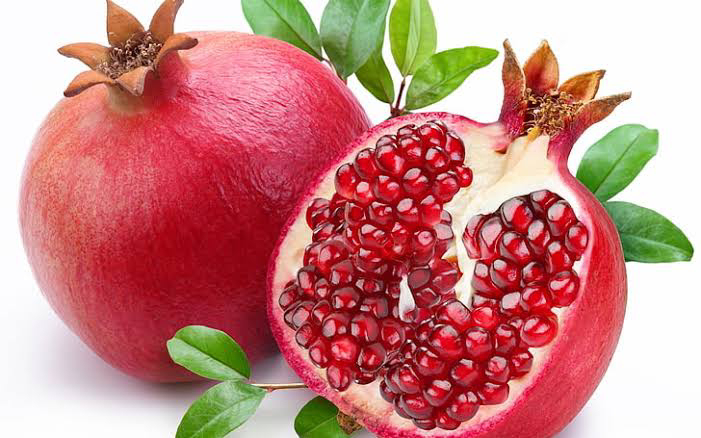With an unnervingly wide-eyed stare, the slow loris hails from the tropical jungles of Southeast Asia and is notable for its plush but strong limbs.
Slow lorises can hang by their feet for hours at a time -- and often do.
Despite its huggable appearance, this animal is venomous.
The venom comes from a gland in the elbow and, like a party trick invented by Dracula, is ejected through the teeth.
This venom, however, isn't enough to save the slow loris from the dangers of the pet trade; it's listed as endangered on the IUCN Red List.
There are five distinct species of slow loris, including the Bornean slow loris, which can be found on the island of Borneo and spotted with the help of Borneo Eco Tours.
2. Chameleon
Maybe bulging eyes, slightly down-turned mouth, curly, prehensile tail and extremely long tongue, the chameleon is one of the more appealing reptiles.
As remarkable as its color-changing mood swings is the peculiar way chameleons move in a rocking motion.
Not the most efficient way of transportation, but definitely attention-grabbing.
3. meerkat
No meerkat is ever accused of bad posture.
Meerkats are a type of mongoose that live in the deserts from the Kalahari of Bostwana to the Namib of Namibia, South Africa and parts of Angola.
With meerkats it's not so much their faces, which, while far from ugly, are really no different from those of the common dwarf mongoose.
It's the way they stand, the human-like upright pose with paws gathered demurely at the front.
Self-described "safari specialists"
4. Koala
Koalas aren't as sweet as they look.
Koala experts say the creatures' behavior most often varies between mildly cranky to downright bad-tempered.
The koala's enduring popularity indicates that, as in our love lives, good looks can blind us to severe personality flaws.
5. Penguin
From "Mr. Popper's Penguins" to "Happy Feet," the squat, aquatic birds with their sleek, debonair coats have a secure position in pop culture.
There are 17 species of penguins in the world. Most are some version of black and white, none can fly and all are excellent swimmers.
What's more surprising is that penguins are also excellent runners.
Six of the 17 species live in Antarctica, so the most enjoyable way to call on these birds is through a cruise in the region.
6. Red panda
Red pandas share little in terms of appearance with their monochromatic cousins, the great pandas.
With a bushy, ringed tail like a raccoon, pointed ears and reddish-brown coloring like a fox and short legs, these arboreal balls of fluff have always been difficult to classify.
The red panda sleeps with its tail wrapped around its body, and is identifiable by russet fur with white patches on the snout, "eyebrows," cheeks and ears.
There are few of these adorable animals in the wild and their shyness makes them hard to find.
7. Beluga whale
It even has a party trick -- air rings.
About four meters long, the white, baby-faced beluga whale, which makes its home in the colder seas of the Arctic and sub-Arctic, is about one-fifth the size of a blue whale.
With its relatively small size, benign facial structure and lump on the forehead (called a melon), the beluga whale is undeniably adorable.
While beluga whales in captivity and can chirp on command and blow bubbles.
8. Clown fish
Sure, real clown fish can't talk or pop open their eyes for that comic Pixar effect, but they can do cooler things, such as switch genders.
Clown fish can be found with their aquatic buddies, the sea anemones.
The sea anemone's poison -- which doesn't affect the clown fish -- protects the clown fish from predators and the clown fish pays for the protection by eating the anemone's leftovers and keeping the house clean.
9. Chinchilla.
An indigenous South American rodent, the chinchilla offers another example of how dangerous it can be to be cuddly.
The chinchilla was hunted almost to extinction in the 19th century for its plush pelts.
According to Harold Meadow's "The Chinchilla," as quoted on Save the Wild Chinchilla, while humans have one hair per follicle, the chinchilla has 50.
Seeing a chinchilla in the wild is difficult. They're few in number and live at altitudes that spell out death for most of us valley-dwelling humans.
For chinchillas in the wild, you can try the mountains outside the Chinchillas National Reserve (Reserva Nacional Las Chinchillas).
10. Roe deer
The roe deer is chestnut-brown, roughly the size of a goat and native to England.
According to the British Deer Society, it's not difficult to spot roe deer on a walk in the woods.
"If you were to walk very quietly through any reasonable size wood for an hour immediately following first light you would probably see wild deer of one species or another," says its website.
11. Bottlenose dolphin
Believe it or not -- that's the face of a predator.
In captivity, bottlenose dolphins are praised for their intelligence and therapeutic qualities -- swimming with dolphins is supposedly good for one's mental health.
In the wild dolphins can get aggressive and form gangs.
It doesn't really seem to matter for most people -- dolphins are still adorable.
Australia has Dolphin Wild Moreton Island Cruises, but bottlenose dolphins can be found in most warm or tropical oceans around the world.
12. Alpaca
Domesticated for thousands of years, the alpaca is valued for its gloriously fleecy hair, which is used to make sweaters.
The fleecy hair also gives them a woolly, squeezable appearance.
Alpacas are cute despite the fact that they can be quite testy.
13. Bee hummingbird
The bee hummingbird from Cuba, the smallest bird in the world, isn't only tiny -- it weighs less than a U.S. penny -- it's fast, beating its wings up to 80 times a second.
No larger than a bee, it also acts like one, helping plants reproduce by transferring pollen as it flits from flower to flower sipping nectar. And it flits to a lot of flowers, eating every 10 minutes.
14. Sea otter
Sea otters are as clever as they are cuddly.
They use rocks as tools to crack open clams and mussels for food and sleep floating face-up on the surface of the water with tangled kelp anchoring them in place.
It's really the "rafting" that wins you over.
Sea otters are sociable and float together in groups of up to 100, frequently clasping paws so that they don't drift away from each other.


















Comments